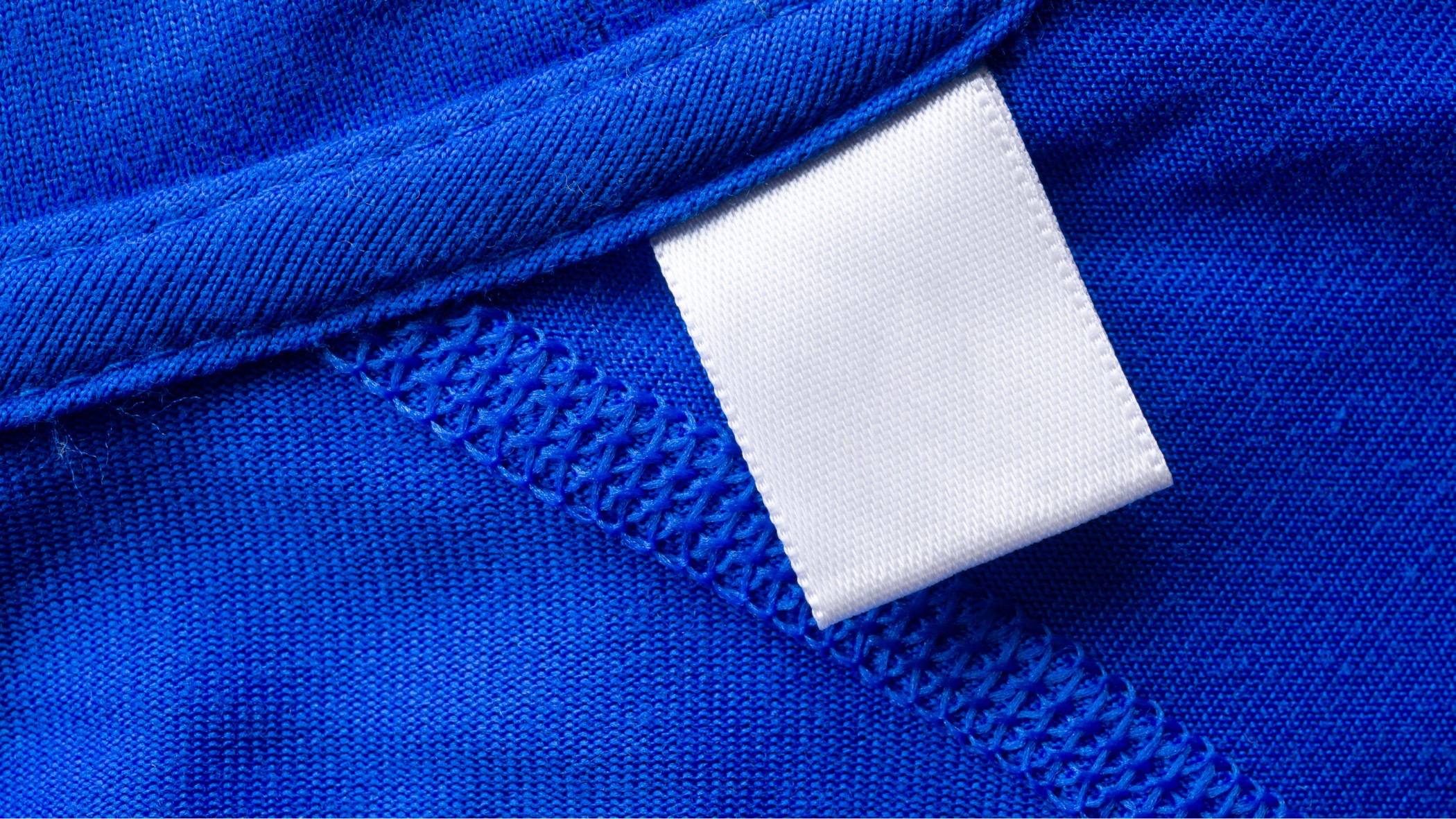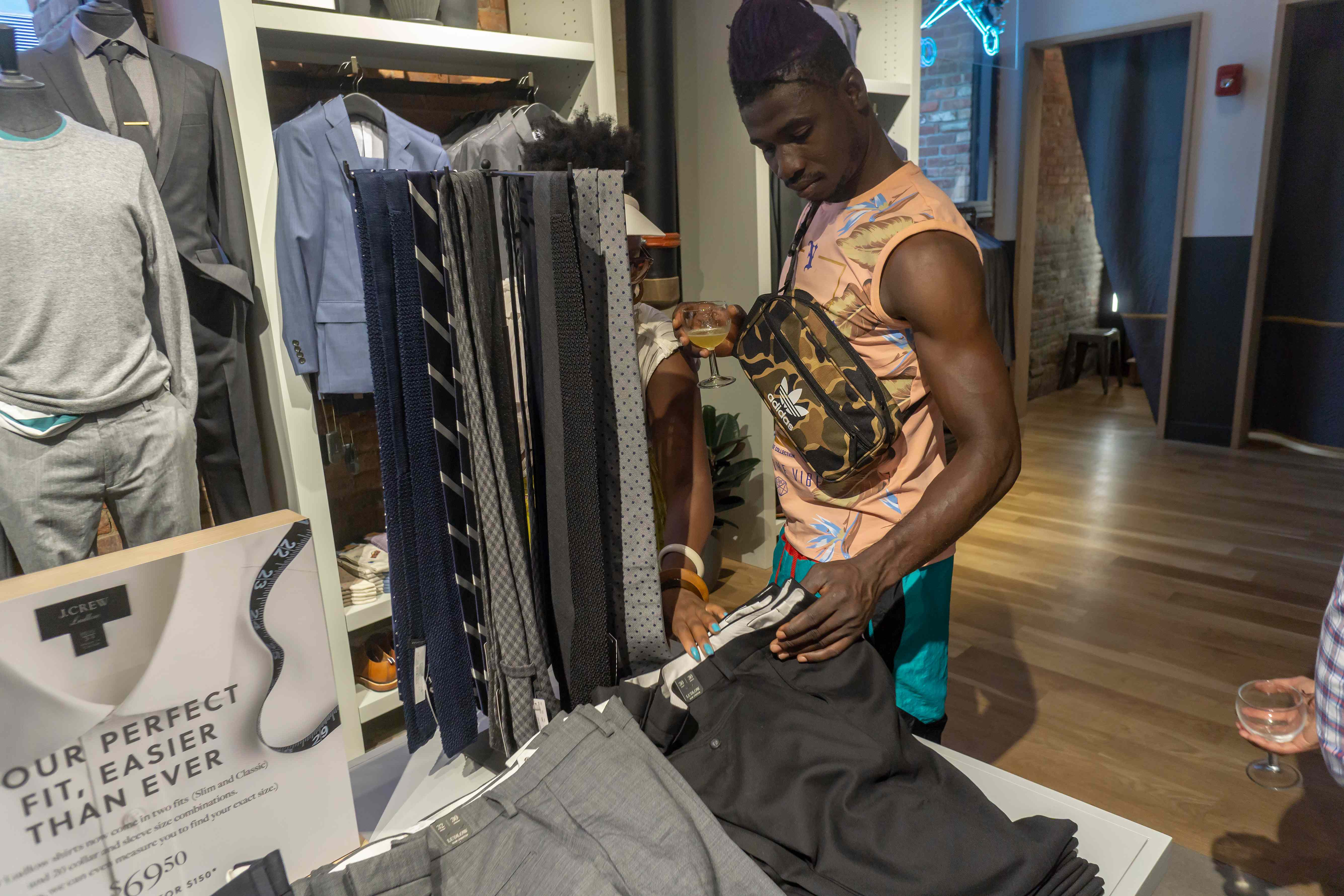Expanding Into Children’s: What You Should Keep In Mind?



Businesses are in consistent search of ways to expand their footprint and revenue. The fashion industry serving adults and teens may not afford to overlook the kid's segment, especially when the kid's fashion segment amounts to more than 20% of the total fashion industry. Gone are the days when fashion was only linked to celebrities, adults, women, and men. Thus, multiple businesses plan to expand into the children's segment for multidimensional benefits.
But marketing to kids is not as easy as that to adults. At the same time, parents never hesitate to spend money when it comes to their kids' comfort. Modern parents further compromise their lack of time by bringing every single luxury to their kids. However, brands feel overwhelmed when expanding into the children's range. A quick list of the key points can help fashion industries get the best for their smallest audiences.
What's the perfect fit?
Adults have actual sizes, while the same is not valid for kids. So it comes down to finding the perfect fit for this naughty audience. Some of the generalized criteria for finding a good fit for the children segment are:
1. The length of the tops should be enough to remain tucked with movements.
2. The length of the bottoms should not be long enough that can create the danger of falling or tripping. However, it shouldn't be short for the kids' size. Additionally, appropriate margins should be allowed to accommodate further lengthening.
3. It is necessary to use elastic in the kid's garment to adjust to their growth. Also, elastic shouldn't be tough to cause marks or rashes on the children's delicate skin.
4. The waistline should be adjustable for kids' garments. The slightly loose waist can allow for long-wearing comfort and can also provide room for growth.
5. The cuffs of kids' wear should be slightly loose.
6. It is essential to have roomy sleeves for unrestricted movement of hands and arms.
7. The shoulders should be enough room for complete arm movement.
8. The collars kids wear should be neither slip down nor slip up. Classification based on age
It is hard to classify the children's segment. Broadly speaking, kidswear can be in the price-conscious or practical range. However, a clear distinction is necessary for any business to expand into the children's segment. Kids' range can be classified easily based on the age group. The top four kinds of garments for kids based on age include:
1. Infants: It includes sizes like three months, six months, nine months, and 12 months. The clothes for infants are warm and comfortable. These clothes may have buttoned neck openings, snap fasteners, and zippers. Further, infants' clothing should have room for diapers and proper ventilation for moisture evaporation; it shouldn't be bulky. Some common designs for infant clothing range are pastels, smocking, patterns, and prints.
Businesses aiming to launch the children segment can go for the layette, which is the collection of individual baby's articles like bibs, separates, caps, mittens, booties, snowsuits, dresses, bodysuits, and coordinate sets.
2. Toddlers: Children between the age of 1 and 3 years fall under this section. The garment size for toddlers doesn't reflect the child's age. Children are widely attracted to bright colors, so clothes for toddlers must be designed accordingly. Also, bright clothing, especially red and yellow, can provide protection because toddlers can be easily spotted in such colors. Further, certain other requirements like large buttons, elasticized waist, and zipper pullers, should be according to the toddler's age only.
Some popular wear for toddlers are overalls, dungarees, and reinforced wear. The reinforced wear is perfect for toddlers, which includes double stitches at pockets, crotch, shorts with elbow patches, and pants with knee patches.
3. Young children: Kids between the age of 3 and 6 years come in the young children segment. Their clothes copy the adult fashion in many cases. These kids are an active age; hence, their clothes should be practical.
These should be easy to wear and should be long to accommodate growing kids. When it comes to design, the trends are high for bright colors, cartoon characters, and character merchandise.
4. Teens: Kids from the age of 7 years to 14 years constitute the teen segment. Businesses can start creating uniforms for teens used not only in schools but also for extra-curricular activities. Children warm-up and exercise suits are in much demand for teens. The clothes designed for this segment should be practical and comfortable.
Business to understand the specific needs of these segments. However, businesses entering the kid's segment may feel confused about selecting the specific segment. Finally, it comes to the different influencing patterns which can make a segment high in consumption and profits.
The three common factors affecting the influencing pattern of different kids segments based on age are:
1. Influencing relativity: The core idea of the brand and its defined segment proposition should be effectively delivered to the audience through kids' wear.
2. Brand relevance: The segment selected for kids' wear should be functional and emotional regarding brand receptiveness.
3. Category relevance: The segment should be above-average in the kids wear category.
The concept of human eccentric marketing works well for kids' garments; hence, it is easy for businesses to relate to their specific kid's category. Thus, businesses can confidently enter the highly profitable and challenging children's market with the right selection of categories.
Steps to expand into the children's segment
The quick steps which can be a guide for any business to expand into the children's segment are:
1. Start researching: Businesses must research kids' clothing, different categories, current issues, and probable solutions. Extensive research makes it easy to identify the competitors and go through their product ranges.
2. Observe the trends: The next step is to observe the trends in the projected audience segment. It can be best met by observing the type of clothing and accessories of kids in the region.
3. Location: It is essential to define the location of the reach of the kids' garments. Researching the location, demographics, and weather can help designers prepare the right garments.
4. Designing and sourcing: Once businesses have all the necessary details, it comes to designing and sourcing the kid's garments.
5. Children’s segment marketing plan: Last, but not least, is the comprehensive market plan to promote kids’ garments.
Wrapping upExpanding into the children’s segment is no more problematic for fashion companies. Planning a detailed strategy for launching the kid's segment is straightforward. There is no need to alter the existing business plan, but specific points should be kept in mind. The requirements of kids' fashion are way different from that of adults, so launching a kid's range is critical. By keeping the aforementioned suggestions in mind, businesses might expand their companies smoothly in this lucrative industry.




















